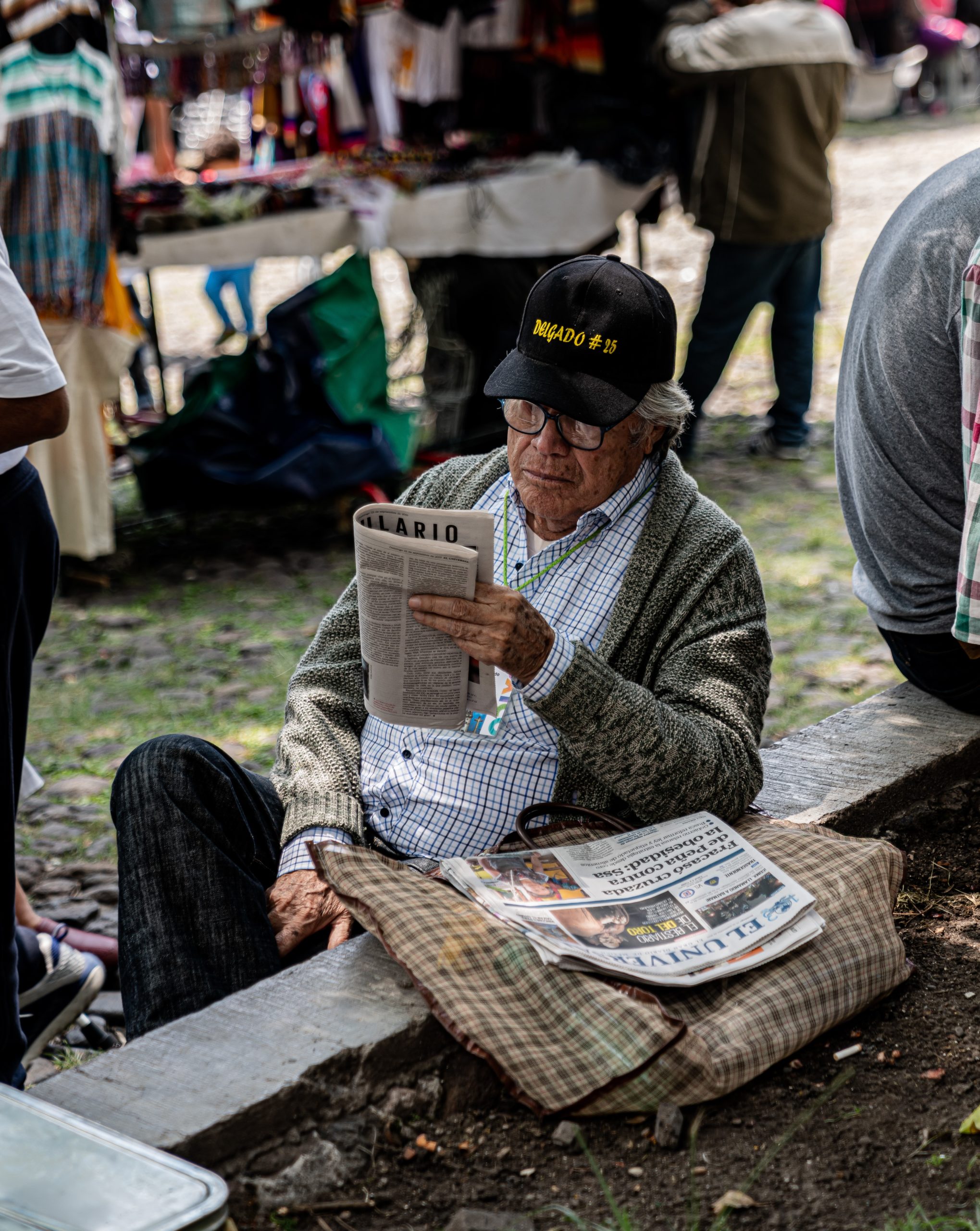How do people view the journalism they come across? And what can that tell us about why they do (and do not) trust the news they encounter? These are the questions at the heart of Listening to what trust in news means to users: qualitative evidence from four countries, a new report published by the Reuters Institute for the Study of Journalism in April.
The report is the second instalment from the Trust in News Project, an initiative focused on Brazil, India, the United Kingdom and the United States.
Authored by Benjamin Toff, Sumitra Badrinathan, Camila Mont’Alverne, Amy Ross Arguedas, Richard Fletcher and Rasmus Kleis Nielsen, the report finds across all four countries that trust often revolves around ill-defined impressions of brand identities rather than assessments of news organisations’ reporting practices or editorial standards:
“Since few news consumers are knowledgeable about these details, trust and distrust are instead often rooted in perceptions about brand reputations with a focus on style, appearance, language, and other factors related to how news is presented and how it makes people feel.
Many of the people we talked with emphasised their beliefs about partisan and commercial agendas shaping news coverage – beliefs which may or may not be accurate but which are often widely held about news in general.”
According to the report, while some audiences hold clear notions about what certain brands stand for and how to think about the work they produce, many do not, a pattern which repeats itself across countries, media environments, and even levels of trust in news in general. Instead, audiences draw on shortcuts shaped by past experience, partisan or social influences and contextual factors involving platforms, which are increasingly central to how people find and engage with news worldwide.
How the research was conducted
The report draws on open-ended conversations with 132 individuals in Brazil, India, the United Kingdom and the United States, a technique that allows for probing how people make sense of complex and sometimes abstract constructs like trust. Although this approach does not provide statistical generalisations, instead it enabled the authors to grasp the context around how people form their views and why.
In partnership with organisation YouGov, adults were recruited in the four countries, in a mix of people who were both more and less trusting of news in general, age, partisanship, and forms of media use. The approach involved a combination of focus group discussions and one-on-one interviews, with all interactions occurring over the internet due to the Covid-19 pandemic.
The main findings were:

Editorial processes are less central to how many people think about trust. Only a small number of interviewees in each country expressed confidence in their understanding of how journalism works or the decision-making and newsgathering processes that shape how the news is made. Instead, many focused on more stylistic factors or qualities concerning the presentation of news as more tangible signals of perceived quality or reliability.
Polarising media figures often stand out. The work of individual news reporters was often far less visible compared to presenters, and many of the prominent media personalities who stood out to people were often polarising figures. When people spoke of individual journalists, it was often specific to outspoken personalities and opinion writers, even if they also made a point of saying they preferred impartial news that focused on facts. Many had an easier time naming figures they disagreed with. A considerable number in Brazil, the UK, and the US could not name any journalists at all.
Some perceive that news coverage is driven by hidden agendas. However, what people meant by this often reflected differences in their own political or social identities. Objectivity, impartiality, and balance were frequently invoked in all four
countries as values associated with trustworthy journalism. While many criticised specific news brands or entire modes of news as being too driven by commercial or partisan interests or both, others were frustrated by the distorted ways they felt particular groups in society were portrayed.
The impact of COVID-19 on trust in news appears to be minimal. Few interviewees cited the pandemic as a factor in how they evaluated the trustworthiness of news sources. While many raised concerns about health-related misinformation or referred
to news about the pandemic as being emotionally taxing, the pandemic itself did not seem to alter many pre-existing views about the news media.
News on platforms is often perceived as less trustworthy. Most interviewees had low trust in information they see on platforms, but judgement of individual news outlets often depends on how strongly people already feel toward news brands. Many value the convenience of getting news via social media, search engines, or messaging apps, but finding news there was generally a secondary consideration. For audiences without existing brand preferences, making sense of the abundance of information online could be challenging or overwhelming.
Dr. Benjamin Toff, Senior Research Fellow and lead author of the report, said:
“
Assessments about trustworthiness, for better or for worse, often come down to branding. News outlets that fail to communicate what makes their own journalism distinctive risk being seen as interchangeable from countless other sources online.
Since many already view digital spaces as places where unreliable or even dangerous information circulates freely, it adds further
pressure on news organisations to shape their brand identities independently from the platforms in which they often appear.”













